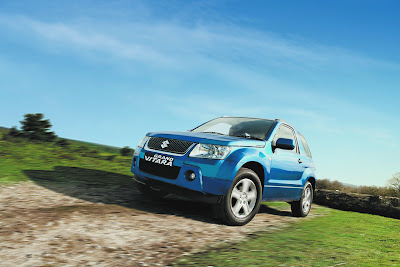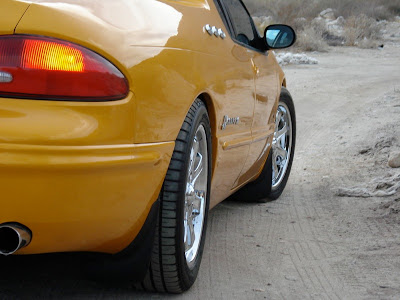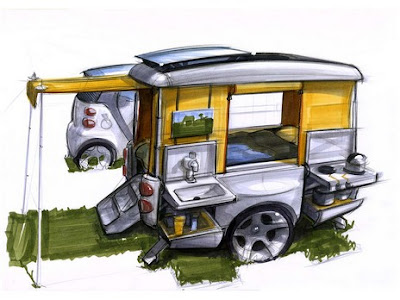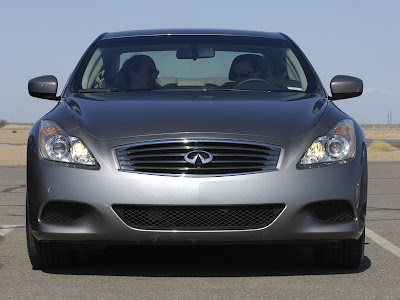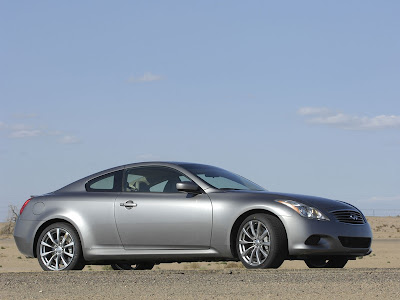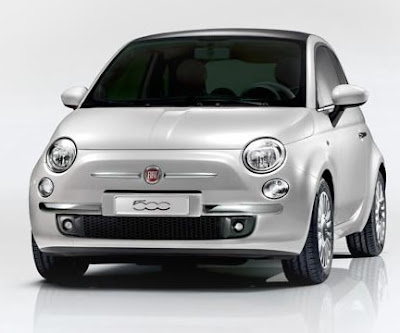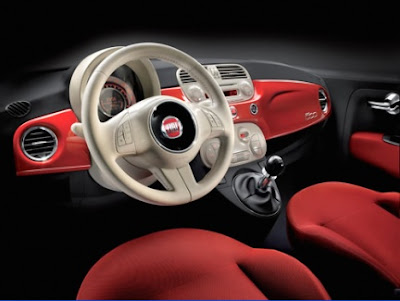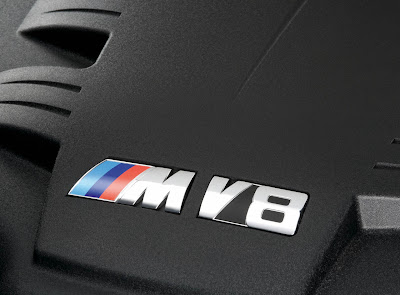

PRESS RELEASE
The new V8 Power Unit for the BMW M3.
• First
eight-cylinder for the
BMW M3 sports car.
•
Supreme performance ensured by 309 kW/420 hp from
4.0 litres.
• Maximum torque of 400 Newton-metres (295 lb-ft) at 3, 900 rpm, 85 per cent of maximum torque over a speed range of 6,500 rpm.
• Unique thrust and muscle ensured by consistent implementation of the
M high-speed engine concept, maximum engine speed 8,300 rpm.
• Consistent lightweight construction of engine and ancillary units,
new V8 power unit one of the lightest
eight-cylinders in the world, lighter than the
straight-six power unit in the former model.
•
Variable camshaft control,
low-pressure double-VANOS for an optimum charge cycle,
system offering full power and performance even with normal
engine oil pressure.
• Eight individual
throttle butterflies for spontaneous engine response.
• Consistent and reliable
oil supply with longitudinal and lateral acceleration up to 1.4 g ensured by
two oil pumps and wet sump oil lubrication optimised for supreme dynamic behaviour.
•
Exhaust system optimising cylinder charge, optimised for weight and function by means of internal high-pressure remoulding, exhaust emissions
fulfil EU4 and LEV 2 standards.
• Upgraded
MSS60 engine control unit for optimum coordination of all engine functions with the
various control systems in the car.
•
Ion flow technology recognising and distinguishing engine knocking phenomena as well as misfiring and miscombustion by measurement of ion flow in the combustion chambers.
•
Brake Energy Regeneration with intelligent alternator control.
More in Every Respect:
The
new V8 Power Unit for the
BMW M3.
Its name alone spells out the epitome of ultimate driving pleasure: the
BMW M3. And now the new version of
BMW M GmbH's most successful
high-performance sports car bears out this claim once again, at the same time providing a thrilling answer to the question asked by so many
sports car fans around the world whether a further improvement is still possible at all. And the answer is yes – for the
new BMW M3 offers more in every respect. This applies not only – but particularly – to the
power unit: After 15 years and two model generations, the trendsetting
six-cylinder has now found its successor. The
new BMW M3 is entering the market with an
eight-cylinder power unit – more cylinders, larger capacity, more power, higher engine speed. And it is fair to say from the start that this will also mean an even more thrilling experience on the road.
The benchmark the
new power unit was required to exceed could hardly have been greater:
BMW's 3.2-litre straight-six has gained fame and admiration the world over, receiving a long list of awards and prizes. Acknowledged several times as the "
Engine of the Year" and developing a supreme 252 kW/343 hp in its last version, this power unit made the
BMW M3 not only the ultimate performer in the segment of
high-performance sports cars, but also a genuine best seller.
The fact still remains, however, that everything has its time. And now the time has come for the
six-cylinder to bow out and leave the stage. The time has come for the advent of the
new V8 in the
new BMW M3.
The specifications of this
new high-performance power unit alone clearly confirm the enormous progress this engine has to offer. Engine displacement is 3,999 cc, maximum output is 309 kW/420 hp. Peak torque of 400 Newton-metres or 295 lb-ft is just as impressive as the top engine speed of 8,300 rpm. So clearly, the new BMW M3 is striking out for the top right from the start through its thrilling performance.
Ideal dimensions for performance at its best.
Displacing 500 cc per cylinder, the
new V8 power unit meets the ideal concept of the most demanding
engine designers right from the start through its engine dimensions alone. And the other design criteria – all the way from the engine's dimensions and filling capacities through the number of components to the weight of the engine – likewise represent the very best achievable today.
Over and above these qualities, the
new eight-cylinder offers all the
typical M-tuned features of
BMW's regular production cars such as
double-VANOS, individual
throttle butterflies, and
high-performance engine electronics. At the same time the number of cylinders, the
M high-speed engine concept, and the low weight of the engine clearly prove that the responsible engineers, in creating this
power unit, were inspired and guided by the
eight-cylinder featured in the
BMW Sauber F1. For the
new engine has many features in common with the latest power unit highlighted by
BMW in Formula 1, with various
technological concepts and principles, production processes and materials carried over from the
Formula 1 engine to the drivetrain of the
new BMW M3.
In terms of specific output, the
new V8 significantly exceeds the benchmark of 100 hp per litre acknowledged as a convincing sign of sporting power and performance. But even so, power is not everything. Rather, the dynamic driving experience provided by a car depends to a great extent on its acceleration and handling, resulting, not least, from the weight of the car and the actual thrust of the engine. The thrust or traction acting on the drive wheels, in turn, results from engine torque and the overall transmission ratio.
The
M high-speed engine concept allows optimum transmission and final drive ratios further enhancing the impressive thrust and power of the engine. Indeed,
BMW M's engineers have found a new dimension in developing the engine of the
new BMW M3, with the
eight-cylinder achieving maximum engine speed of 8,300 rpm.
The second factor crucial to thrust and performance on the road, engine torque, amounts to a mighty 400 Newton-metres or 295 lb-ft at 3, 900 rpm on the
new V8 power unit. And about 85 per cent of the engine's maximum torque is available throughout the enormous engine speed range of 6,500 rpm, with 340 Newton-metres or 251 lb-ft available from just 2,000 rpm.
High engine speed, low weight.
Mass (which, ultimately, means weight) is bad for acceleration – it makes any physical body seeking to accelerate slower and more sluggish. Precisely this is why
BMW's new V8, weighing a mere 202 kg or 445 lb, is a genuine lightweight, saving some 15 kg or 33 lb versus the six-cylinder power unit in the previous model. In other words, the
new engine easily sets off the weight of
two extra cylinders. And a further point is that the
high-speed engine concept allows a light drivetrain and very short transmission ratios.
Even so, the limits to physics inevitably approach step-by-step with increasing engine power: At 8,300 rpm, each of the eight pistons is moving at a speed of 20 metres or almost 66 feet per second, obviously exposing all materials to enormous loads. Precisely this is why
BMW M's designers and engineers have focused on the minimisation of masses on the
new eight-cylinder.
Engine block straight from
BMW's Formula 1 foundry.
The
engine block of the
new eight-cylinder comes straight from
BMW's light-alloy foundry in Landshut near Munich, where
BMW also builds the
engine blocks for the
Company's Formula 1 racing cars. The
cylinder crankcase, in turn, is made of a special aluminium silicon alloy, conventional cylinder liners being replaced by hard silicon crystals. The iron-coated pistons, finally, run directly in the uncoated, honed cylinder bore.
High engine speeds, compression forces and temperatures cause extreme loads acting on the crankcase. Hence, the crankcase is compact in its dimensions and comes in torsionally resistant bedplate design ensuring very precise crankshaft bearing and running conditions. The relatively short, forged crankshaft is likewise very stiff in terms of its flexural and torsional qualities, but weighs only 20 kg or 44 lb.
Double-VANOS with low-pressure operation.
With its extremely short control times, variable
double-VANOS camshaft management perfects the cylinder charge cycle, reducing charge losses and improving engine output torque and response, as well as fuel economy and emission management.
Developed especially for the
new eight-cylinder, the
M double-VANOS now featured on the new engine requires no more than normal
engine oil pressure in order to operate at maximum speed. As a function of load and engine speed, this sophisticated unit consistently sets the optimum valve angle synchronised to the ignition timing and injection volume.
Consistent and reliable oil supply even under extremely dynamic driving conditions. Two volume-flow controlled pendulum slide cell pumps supply the
eight-cylinder efficiently with lubricant, consistently delivering exactly the right amount for the engine. Wet sump lubrication optimised for engine dynamics, in turn, ensures appropriate lubrication also in extreme braking manoeuvres.
The
entire system features two oil sumps – a small one in front of the front axle subframe and a larger sump further back. A separate reflow pump, in turn, extracts oil from the front oil sump and pumps it to the sump at the rear.
Eight individual
throttle butterflies with electronic control.
Individual
throttle butterflies for each cylinder, a technology commonly used in motorsport, are the ideal solution to give the engine an immediate, direct response at all times. The
new power unit in the
BMW M3 therefore comes with eight individual
throttle butterflies, four on each row of cylinders operated by separate actuators. This
high-tech throttle butterfly management is fully electronic and extremely fast, giving the engine a smooth and sensitive response at low engine speeds and an immediate reaction to the driver's commands whenever he wishes to use the full power of the engine.
Flow-optimised air intake.
To ensure an immediate response and superior dynamics of the engine at all times, the
throttle butterflies in the intake manifolds are positioned very close to the intake valves. The specific length and diameter of the intake funnels also benefit the oscillating pipe charge principle. To minimise weight, finally, both the intake funnels and air collector are made of a light composite material with a 30 per cent share of glass-fibre.
Innovative exhaust system.
Through its design and configuration, the
exhaust system for the
new V8 power unit optimises the cylinder charge cycle, ensuring an optimum surge of power and torque at all times. And again, this component has been designed and built from the start for consistent lightweight qualities. The exhaust manifolds are made in an internal high-pressure remoulding process, the desired contours of the stainless-steel pipes being shaped from inside under pressure of up to 800 bar. The result is extremely thin walls measuring just 0.65–1.00 millimetres (0.0256–0.0394´´ ) in thickness, optimising flow conditions with minimum resistance, light weight, and optimum response of the catalytic converters.
Exhaust emissions are cleaned by no less than four catalysts and the engine naturally complies both with the
European EU4 standard and the
US LEV 2 requirements.Even better performance than before: the
engine control unit.
The
engine control unit featured on the
V8 has also been upgraded to an even higher standard than before, ensuring optimum coordination of all engine functions. Taking more than 50 input signals, for example, the
control unit determines the optimum ignition timing individually for each cylinder and operating stroke, the ideal flow conditions, exactly the right amount of fuel injection, and the optimum injection timing. At the same time the system calculates and sets exactly the right camshaft angles (angle spread), as well as the respective position of the eight individual throttle butterflies.
And last but not least, the control unit enhances and masterminds specific
BMW M functions such as the clutch, transmission, steering, and brakes. Yet a further function of the
engine control unit is to perform a wide range of on-board diagnostic functions with various diagnostic routines for servicing at the workshop as well as other functions and the efficient management of peripheral units and systems.
An outstanding highlight in engine management:
ion flow technology.
A particular highlight in engine management is
ion flow technology detecting any knocking in the engine as well as the risk of misfiring or miscombustion. Contrary to conventional processes and technologies, this function is now performed directly where it counts, that is right there in the combustion chamber itself. To provide this highly efficient control, each cylinder is monitored and controlled via the spark plug to determine any knocking tendency. At the same time the system checks the ignition for smooth and correct operation, and recognises any misfiring.
The spark plug therefore serves as an actuator for the ignition and as a sensor observing the combustion process, distinguishing in this way between miscombustion and misfiring. And through this double function performed by the spark plug, diagnostic requirements in maintaining and servicing the engine are also facilitated.
Greater efficiency and dynamics provided by
Brake Energy Regeneration.
To further enhance the efficiency of the
new V8 power unit,
Brake Energy Regeneration ensures intelligent engine current management concentrating the generation of electric power for the on-board network on the overrun phases and the application of the brakes. This serves to charge the car's battery without tapping on engine power and, accordingly on the energy contained in the fuel burnt. As long as the engine is running under power, on the other hand, accelerating and pulling the car, the alternator generally remains disconnected. Apart from particularly efficient generation of electric current, this also helps to provide more drive power when accelerating, making the car even more dynamic and agile on the road.

Related Posts
• BMW M3 concept



